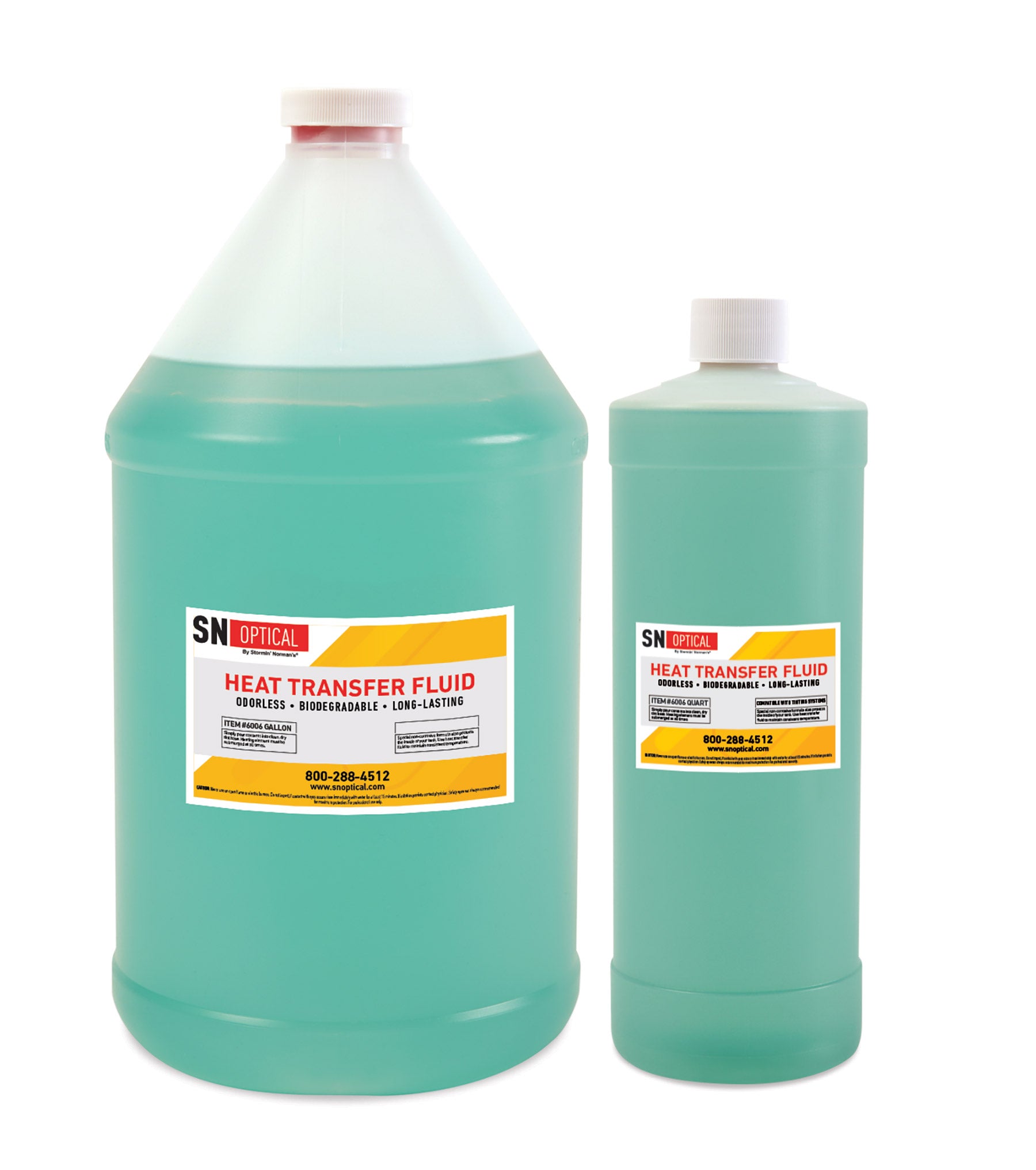Just How Heat Transfer Fluid Impacts the Performance of Heating And Cooling Solutions
Just How Heat Transfer Fluid Impacts the Performance of Heating And Cooling Solutions
Blog Article
Why Warm Transfer Fluid Is Crucial for Optimizing Energy Transfer in Equipment
The role of heat transfer fluids in optimizing energy transfer is pivotal for attaining effective thermal administration throughout numerous commercial sectors. These liquids assist in smooth warmth exchange, making certain processes operate within optimal temperature ranges and reducing the danger of getting too hot.

Duty in Thermal Monitoring
Heat transfer liquids play a vital role in thermal monitoring by efficiently regulating temperature levels in various commercial processes and systems. These specialized fluids assist in the transfer of warm between various components, making sure optimal operating problems and preventing overheating. By preserving accurate temperature control, heat transfer fluids allow sectors such as chemical production, oil and gas, and power generation to run safely and effectively.
The selection of an ideal warm transfer fluid relies on numerous variables, consisting of thermal security, heat ability, and thickness. High thermal security ensures that the fluid can stand up to severe temperatures without breaking down, while a high warmth capacity enables it to absorb and launch substantial amounts of warm - heat transfer fluid. Reduced viscosity lowers the energy required for pumping, adding to overall system effectiveness
Furthermore, heat transfer liquids are integral in applications like refrigeration, where they aid absorb and dissipate warm throughout the cooling cycle. In solar thermal power systems, these fluids capture and transport solar warm to create electrical power or provide hot water. Their flexibility to diverse operating conditions and capacity to maintain consistent thermal performance highlight their relevance in industrial thermal monitoring, promoting operational connection and enhancing safety and security steps.

Enhancing System Effectiveness
To make the most of the advantages of thermal management, boosting system performance with the strategic use of warm transfer liquids is paramount. These liquids play a vital duty in optimizing energy transfer by assisting in constant thermal guideline, which in turn impacts the overall performance and long life of systems. Efficient warm transfer results in lessened power losses, minimized operational prices, and boosted reliability of devices. By preserving optimal temperature degrees, heat transfer fluids help ensure that systems run within their made parameters, thereby stopping overheating and minimizing the risk of component failure.

Types of Warm Transfer Fluids
The diversity of warmth transfer fluids highlights their crucial function in a series of industrial applications, each customized to meet certain thermal monitoring needs. These fluids promote efficient power transfer and are picked based upon essential buildings such as thermal stability, viscosity, and warm capacity. The main kinds include water, glycol services, oils, and synthetics, each offering unique advantages.
Water is the most typical heat transfer tool due to its high certain warm ability and reduced cost. Mineral oils are favored for their thermal security and non-corrosive nature, making them ideal for high-temperature applications.

These liquids make certain remarkable performance Source in systems where conventional liquids may fall short. The choice of a heat transfer liquid is critical, as it affects system effectiveness, security, and long life.
Environmental and Economic Conveniences
Making use of the right heat transfer fluids supplies significant environmental and financial benefits for industrial operations. By choosing fluids with premium thermal stability and high warm ability, industries can enhance energy efficiency, bring about reduced gas intake and reduced greenhouse gas discharges. This adds to a smaller sized carbon footprint and aligns with international sustainability objectives. Eco-friendly warmth transfer fluids, commonly eco-friendly and safe, lessen the threat of soil and water contamination in the event of leaks or spills, thus shielding ecological communities and conforming with rigid ecological regulations.
Economically, the best warmth transfer liquid can substantially lower operational costs. Efficient warm transfer minimizes power expenditure, causing lower utility expenses and improved success. Furthermore, liquids with prolonged lifecycle performance reduce the frequency of replacements and upkeep, decreasing downtime and connected prices. Purchasing high-quality fluids can likewise mitigate the threat of equipment rust and failure, staying clear of costly fixings and expanding the life expectancy of vital infrastructure. In open markets, these financial savings and efficiencies provide a distinctive advantage, enabling business to assign resources more properly and purchase more technology. In general, the strategic use optimum warm transfer liquids supports sustainable economic growth and environmental stewardship.
Picking the Right Liquid
Exactly how does one browse the complicated process of choosing the ideal warm transfer liquid for commercial applications? Thermal stability guarantees the liquid can endure high temperature levels without weakening, while compatibility protects against rust or other destructive i was reading this responses with system components.
Additionally, the liquid's heat capacity and thickness are critical. A this content high warmth ability allows the liquid to absorb and move more power, boosting effectiveness. Meanwhile, ideal viscosity ensures minimal pump job and efficient warm transfer, specifically in varying temperatures. Environmental and safety and security facets must also be component of the decision-making process. Safe, eco-friendly liquids decrease environmental effect and adhere to regulatory standards, lessening responsibility risks.
Final Thought
The tactical option and application of warm transfer liquids are fundamental to optimizing power transfer across numerous systems. By making certain high thermal stability and ability, these fluids supply precise temperature level control and enhance overall system performance. This optimization contributes to reduced functional expenses and reduced greenhouse gas discharges, thus promoting sustainability. The option of liquid, tailored to details thickness and operational needs, is crucial for making the most of efficiency and attaining economic and ecological benefits in industrial processes.
Report this page